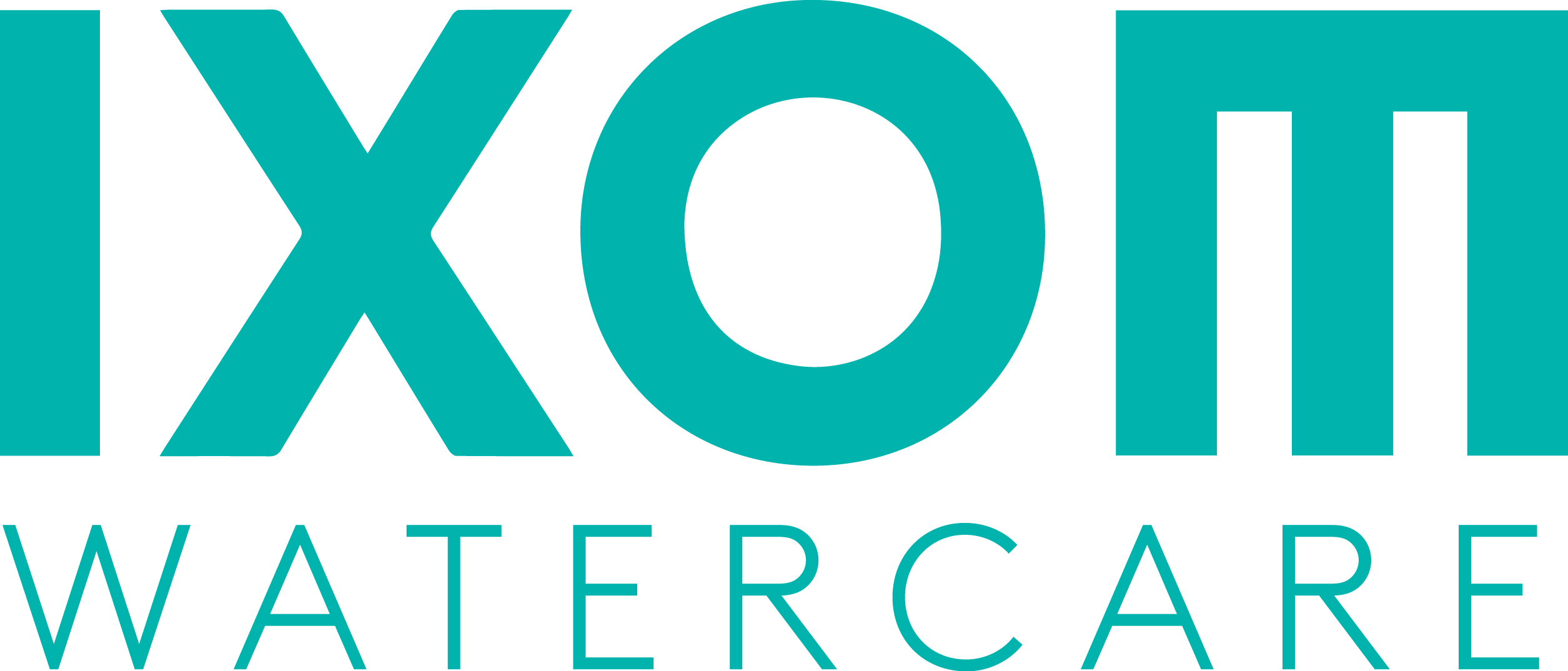Nitrification
The Fast Response Early Boost (FREB) strategy has provided effective control in chloraminated potable water tanks during warm months when these problems are most acute.
- Mixing a potable drinking water reservoir has many know benefits, but sometimes intervention beyond mixing is required to keep water quality high. Complete mixing cannot change water age in a tank, but it does make all the water in the tank essentially the same water age for treatment purposes. Preventing thermal stratification and associated variable water age is particularly important in chloraminated tanks, where the chloramine starts to break down into chlorine and free ammonia (i.e., auto-decomposition) with a water age of more than 5 days. When this happens, the tank can quickly lose its disinfectant residual, as described below, even if it is being mixed.
- When chloraminated water warms up to a temperature of 15°C (59°F), the ammonia oxidizing bacteria (AOB, also sometime called "nitrifying bacteria") begin to grow rapidly in the tank. AOB are 13 times more resistant to chlorine than most bacteria, and prefer to be attached to the sidewalls and/or reside in the bottom sediment. AOB are also likely present throughout the water column, since the residual chloramine in the entire tank can spiral down very fast when the water warms up. These bacteria quickly use up all free ammonia present in the water, and then appear to "pull" ammonia off of the chloramine molecule and consume that as well. This can cause the chloramine residual throughout the tank to disappear quickly. AOB oxidize ammonia first to nitrite (maximum contaminant level allowed is 1.0 mg/L) and then to nitrate (maximum contaminant level allowed is 10 mg/L). Usually the nitrite limit is the first to be violated, and the residual disinfectant falls below the minimum standard too. The killing effect of chlorine on AOB increases when water temperatures exceed about 25°C (77°F), so the worst problems occur between 15°C and 25°C.
- Consequently, when water temperatures in a chloraminated tank reach 15°C or higher, the tank should be monitored weekly or even more often. In northern climates these warm temperatures will only occur in summer, but in the southern US they can occur year-round. Important variables to monitor include combined and free chlorine, total and free ammonia, and nitrite/nitrate concentrations. SolarBee® circulation creates uniform temperatures and water quality in the tank, making sampling truly representative of tank water.
- With the FREB approach, if the disinfectant residual drops by even 0.1 or 0.2 mg/L below the normal range, and if nitrites are also rising, the owner should immediately boost the chlorine through the SolarBee® boosting system. Depending on how large the tank is, as few as 1-10 gallons of sodium hypochlorite (or whatever chlorine source the water agency prefers) may prevent a downward spiral in residual chlorine from occurring. Otherwise, if the owner waits until the chlorine residual becomes dangerously low before boosting, the tank may need to be taken offline, and/or deep-cycled, and/or taken through breakpoint chlorination with up to 200 gallons or more of a chlorine mixture needed to get an adequate chlorine residual established again.
- Frequent boosting with small doses of chlorine is far less costly than having a major problem occur in a tank. Major problems can often cost $10,000 to $20,000 or more to correct when considering labor (e.g., field crews, supervisors, fire protection coordination), lost water, chlorine costs, and potential liabilities associated with other methods used to solve the problem. These savings can quickly pay for a SolarBee®.
- SolarBee® and GridBee® are the only potable water mixing systems on the market today that provide the capability for Fast Response Early Boost (FREB), the most effective management approach to solve problems associated with chloraminated water in warm weather. SolarBee® and GridBee®: 1) have a boosting attachment, and 2) keep the tank de-stratified, usually to within 0.1°C, to minimize water age, and 3) allow for thorough chlorine mixing during the boost, and 4) quickly circulate the chlorine boost throughout the tank volume including all boundary layers (i.e., both bottom sediment layer and sidewalls).
